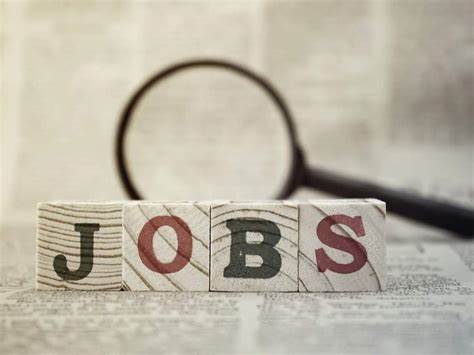Why, despite significant cuts at companies like Twitter and Meta, the majority of American employment aren’t in danger of the kind of mass layoffs we witnessed in the previous two recessions
The number of layoff announcements is increasing as analysts predict a recession for the next year. However, the majority of Americans shouldn’t be overly concerned about their job security right now.
This week, Meta is predicted to eliminate thousands of employees. About half of Twitter’s entire employees was let go last Friday. They joined other businesses that recently announced layoffs, including Microsoft, Netflix, Snap, Lyft, Stripe, Peloton, and Shopify.
More layoffs are likely to occur as a result of the Federal Reserve raising interest rates to slow the economy and reduce inflation. In the short term, there aren’t many indications of widespread layoffs, though. The vast majority of Americans are likely to avoid harm even when the US enters a recession early next year.
According to Bledi Taska, chief economist of the labour market consulting firm Lightcast, “there have been several thousand high-profile layoffs in the tech sector in the last few of weeks.” While disappointing, it’s important to remember that the labour market is much larger than it was a year ago and has been generally stable.
Despite increasing to 3.7% in October, the US jobless rate is still very close to its 50-year low. Last week saw a decrease in the number of Americans filing new unemployment claims. And the number of open positions rose to 10.7 million in September.
Even though, for example, the most recent layoffs have not yet been reflected in the most recent economic data, the US economy is still not losing jobs. This is due to the fact that a large portion of these layoffs have been focused in the technology sector, which only makes up a small portion of the American economy.
Lower unemployment is predicted for the approaching recession.
Over the coming year, more layoffs are anticipated in the computer sector, but other businesses may also be affected. That’s because it’s anticipated that the jobless rate would rise during the potential impending recession.
Although the coronavirus recession in 2020 mostly hurt employees in the service sector, some indicators point to a “white-collar recession” this time around, in which high-income office professionals are exposed to a higher chance of job loss than blue-collar workers. Additionally, the housing industry, which is particularly vulnerable to interest rate increases, has already been affected.
The Fed predicts that in 2023, the unemployment rate will increase from 3.7% to 4.4%, which will cause almost 1.5 million Americans to lose their jobs.
It might get worse. By the end of the next year, the unemployment rate, according to Bank of America, will be 5.5%. Former Obama economic adviser Jason Furman stated in September that for inflation to drop to the right levels, the US would need an unemployment rate of 6.5%.
Even so, the unemployment rate would still be significantly below the near-10% level recorded in the midst of the Great Recession and the almost 15% figure in April 2020.
The millions of Americans who would experience challenges like lost salaries and unstable housing would feel the agony of any increase in unemployment. However, if these predictions come true, unemployment would be substantially less bad than it was during the last two recessions.
There will also be opportunities for many laid-off people to obtain employment elsewhere as long as there are plenty of job openings.



